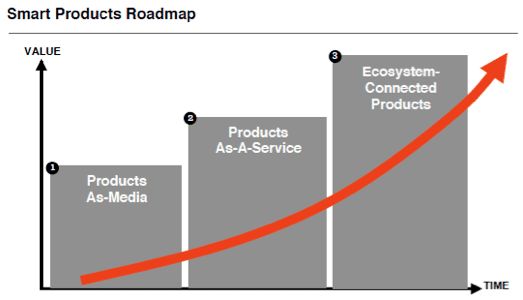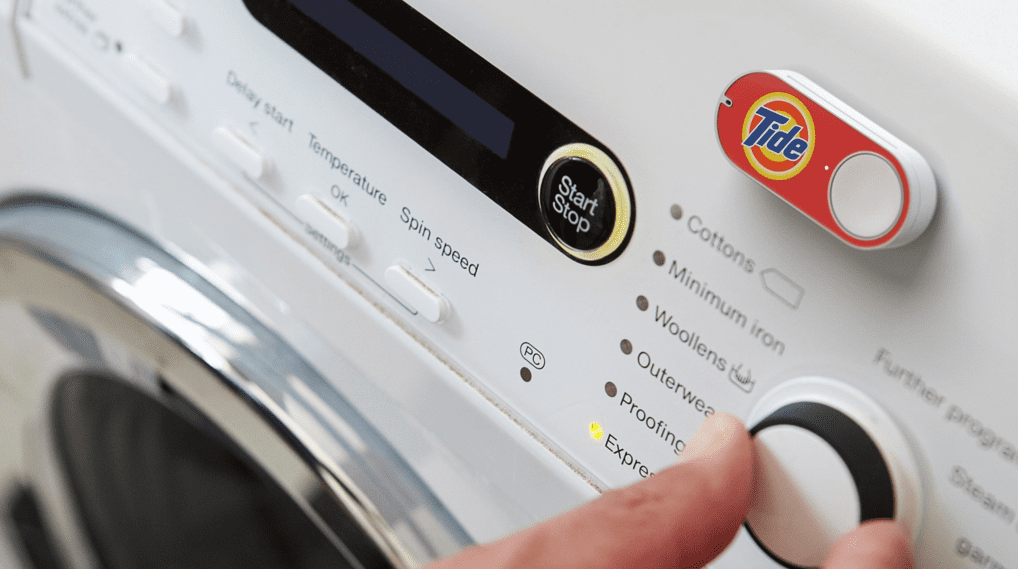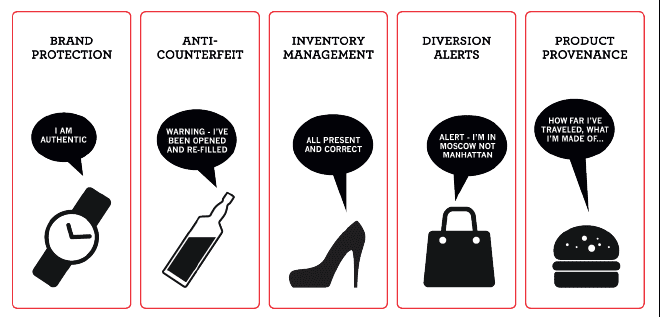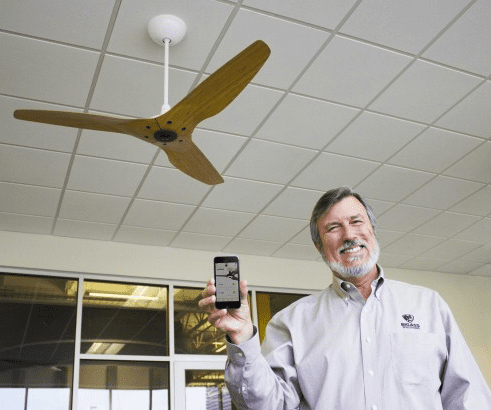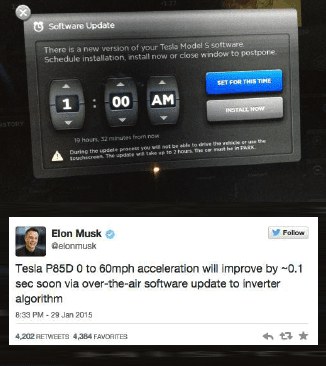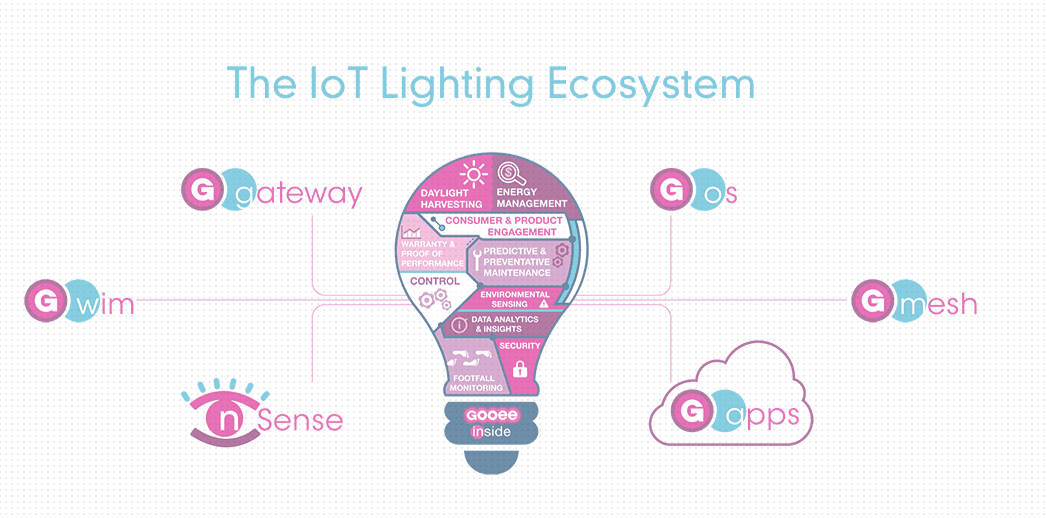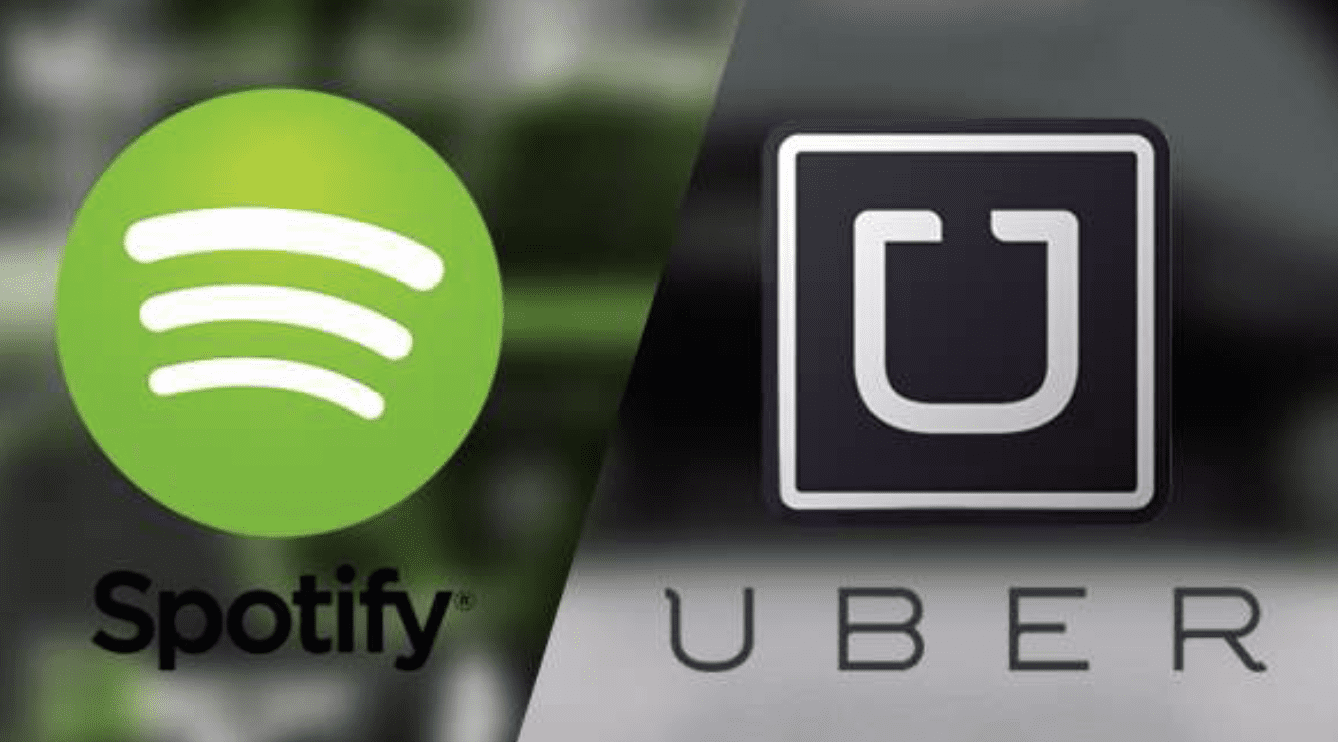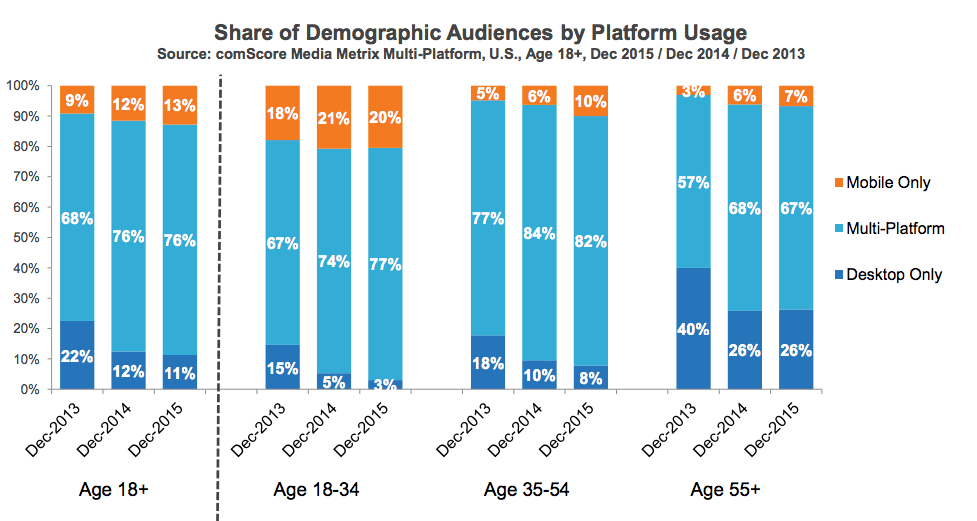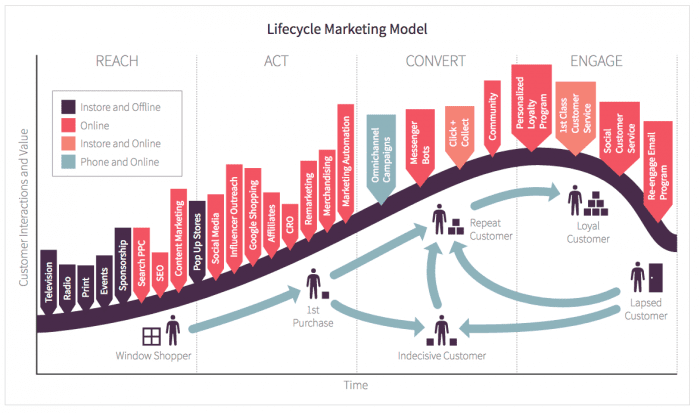A Smorgasbord of cutting-edge e-commerce stats to benchmark your business against
'It is the mark of a truly intelligent person to be moved by statistics' - George Bernard Shaw.
I don't think these statistics can lay any claim on being moving. Least not in the sense old Georgie B intended. But any good plan to move your Ecommerce needle in the right direction needs to be based on a solid foundation of accurate online market forecast data for your sector. If you live in blissful ignorance of key stats relating to how people are using mobile devices or what social networks are driving the most revenue on e-commerce sites, then it will be all too easy to misallocate budgets and resources and end up with a sub-par plan that doesn't get the results you want. So take a look that these 37 crucial Ecommerce stats structured around all customer lifecycle touchpoints using our RACE planning system to make sure there is no key trend your plan has missed.

Plan - create a long-term roadmap for growth based on the opportunity
1. Market potential. E-commerce sales account for just 8% of total retail sales in the US and 14% in the UK - so still lots of room for growth! (Source: Census.gov and Office of National Statistics).
2. Market potential. 53% of global internet users have made an online purchase in 2016- approx that's 1 billion. (Source: US Government)
3. Market potential. B2B eCommerce sales are expected to outgrow B2C sales, reaching 6.7 trillion USD by 2020. (Source: CMS connected)
4. Market potential. Total average eCommerce spend per customer over the course of the year is estimated to be $1,800 in the US and 1,600 in the UK. (Source: Statista)
5. Marketing Technology. The availability of marketing tools for e-commerce has exploded - over 3,500 different types of MarTech on the market in 2016. (Source: Scott Brinker)
6. Consumer insight. 40% of US males aged 18-34 say they would 'ideally buy everything online, compared to 33% of females in the same age bracket. (Source: DDB Worldwide)
Reach your audience - increase site visits, build awareness
7. Traffic sources. The top 3 traffic sources driving sales for Ecommerce sites (last click) are Organic (22%), Email (20%) and CPC (19%). Display and social account for just 1 and 2% showing the importance of measuring these using attribution. Source: Custora.
8. Traffic sources. 43% of e-commerce traffic comes from Google search (organic) and 26% comes from Google Adwords. (Source: Wolfgang digital)
9. SEO. 1 in 5 searches on US android mobile app are voice searches - Does your e-commerce SEO strategy reflect this? (Source: Google)
10. Social media. 55% of US Pinterest users use it for finding products (Source: KPCB Internet Trends)
Act - encourage interaction with product information and basket adds and email subs
11. Online behaviour. 39% of people will stop engaging with a website if it takes too long to load (Source: Adobe)
12. Online behaviour. 38% of people will leave a website if they find the layout unattractive. (Source: Adobe)
13. Online behaviour. 400 pixels from the left edge is the area of desktop site viewing which gets the most viewing time according to eye tracking surveys. (Source: Nielson Norman Group)
14. Marketing Automation. 49% of high performing marketing teams are using predictive analytics to inform their approach to the customer journey. (Source: Salesforce State of Marketing research)
15. Multichannel behaviour. 81% of shoppers research their product online before purchasing (Source: GE Shopper research study)
16. Multichannel behaviour. Only 11% of users access the Internet via desktop only - almost all users are using multiple devices (Source: comScore)
17. Consumer insight. 61% of high performing marketing are actively mapping the customer journey, compared to 22% of averagely performing teams and 6% of underperforming teams. (Source: Salesforce Research)
See our Persona toolkit for the best techniques for mapping the customer journey.
18. Consumer insight. Mobile sessions accounted for 59% of all sessions by device on eCommerce sites, but these mobile browsers made up just 38% of revenue (Source: Wolfgang digital)
19. 70% of eCommerce site users rank the ability to zoom in on product images among their top priorities for deciding on purchase. (Source: UPS)
20. Online behaviour. Referrals from Instagram spend the longest time on eCommerce sites, with an average session duration of 192 seconds - almost double Facebook and Triple Pinterest (source: YOTPO - Ecommerce traffic sources)
21. Lifecycle email strategy. 58% of the Top 1000 US online retailers send welcome emails. Why not more? (source: Internet retailer)
Convert - achieve sale online or offline
22. CRO. Average e-commerce conversion rates vary from 3 to 4%. (Source: Monetate)
23. CRO. Conversion rates on smartphone (1.5% average) are one third of those of desktop (4.4%). (Source: Monetate)
24. US e-commerce sales reached $396 billion in 2016 - and are predicted to grow to a massive 684 billion by 2020. (Source: Statista - e-commerce sales forecast)
25. China's eCommerce growth will massively outstrip the US, with $1 trillion in eCommerce revenue in 2016, growing to 2 trillion by 2019. (Source: Atlas)
26. Multichannel behaviour. 85% of customers start a purchase on one device and finish it on another. (source: Google - How digital connects shoppers to local stores)
27. CRO. 44% will abandon their shopping card if the shipping cost is too high or if there are unexpected additional charges. (Source: Receiptful)
28. CRO. An Inconvenient returns policy deters 80% of shoppers (Source: comScore)
29. CRO. 78% of internet users are concerned about sites they sign up with selling their data - make sure you make it clear you don't (or make it clear why if you do). Source: Altimeter Group - online trust report.
30. CRO. Apple users are the most valuable online shoppers, with an average order value of $228, compared to $187 for a windows PC. (source: Statista)
31. Social commerce. 31% of Chinese WeChat users made a purchase through WeChat in 2016 - Double the rate of 2015. China is leading the way with the Chatbot revolution (Source: McKinsey’s 2016 China Digital Consumer Survey Report)
Engage - build loyalty and sales from customers
32. Customer loyalty. It's 7 times more expensive to get a new customer than retain an existing one. (Source: Invesp)
33. Average Order value (AOV). AOV for repeat customers is twice as high as for first-time customers (Source: McKinsey)
34. Multichannel behaviour. Multi-channel shoppers spend 3 times more than single-channel shoppers. (Source: Euro IT group - Ecommerce trends)
35. CSAT. 89% of shoppers have stopped buying from online store because of bad customer service (Source: RightNow)
36. Consumer reviews. 75% of reviews on eCommerce sites give the full 5 stars (Source: YOTPO)
37. Delivery and returns. 92% of US customers would consider delivery within 2 days to be 'fast delivery', but only 18% would consider delivery within 5-7 days as fast. (Source: Criteo ecommerce outlook)
38. Delivery and returns. 30% of products bought online are returned - and users expect this process to be easy! (Source: Invesp)
source
http://www.smartinsights.com/ecommerce/ecommerce-strategy/37-indispensable-ecommerce-stats-to-inform-your-2017-strategy/
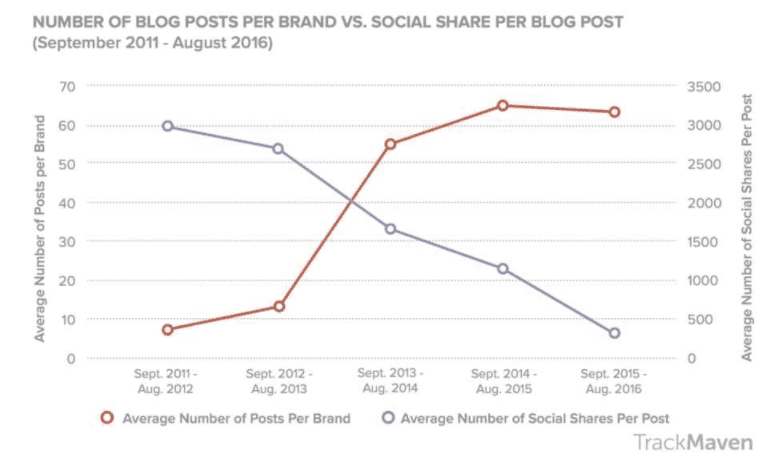
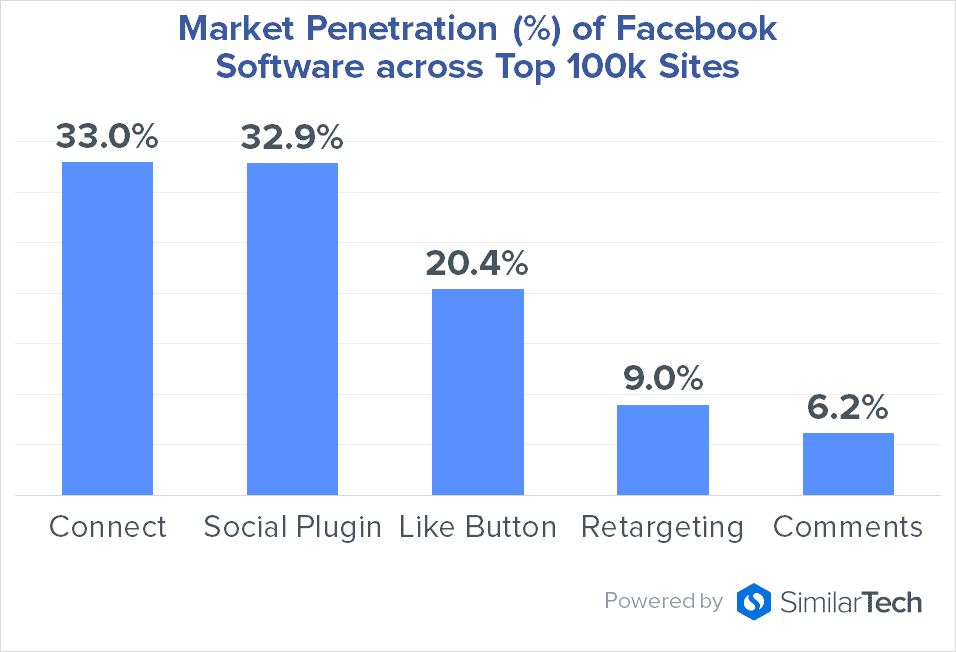
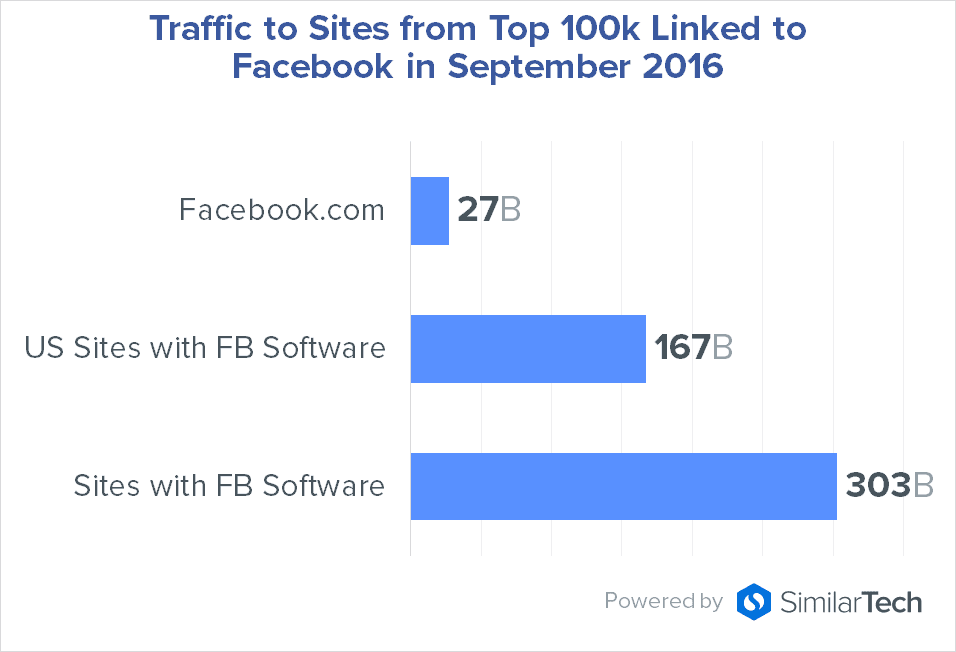
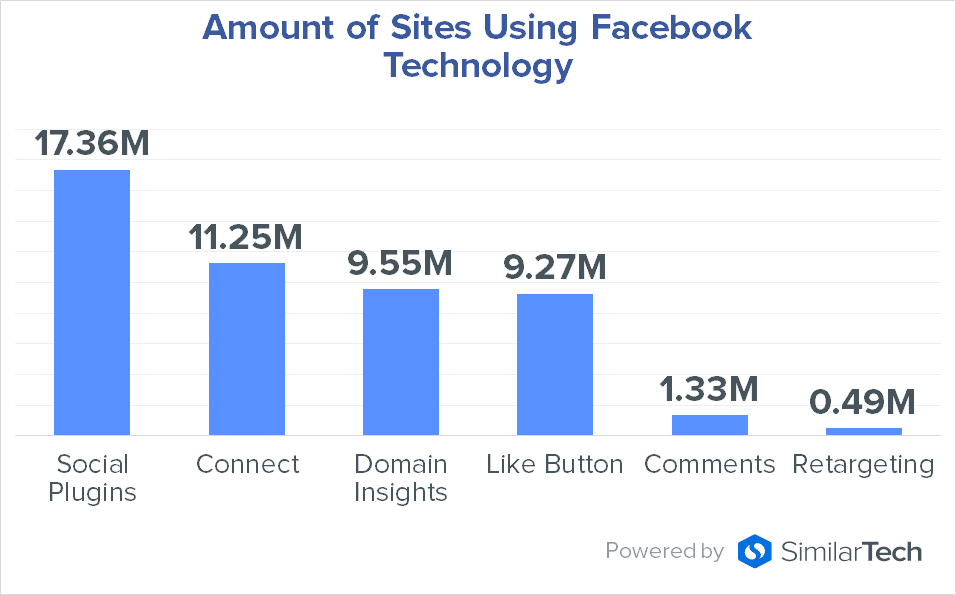
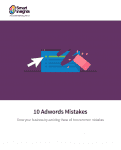
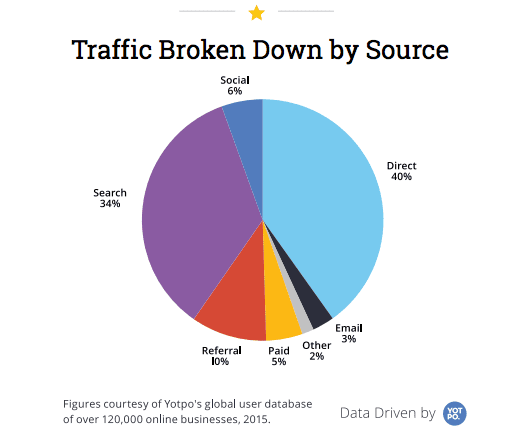
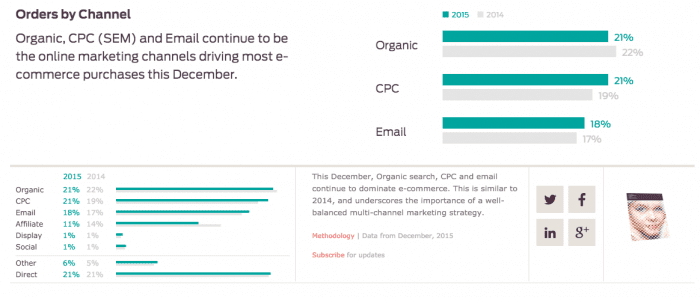
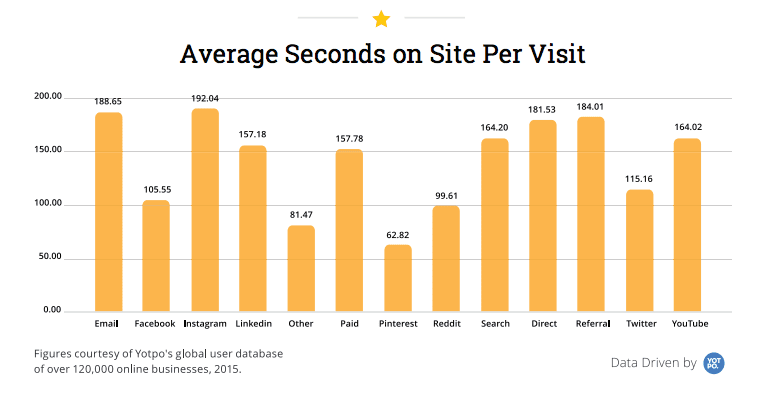
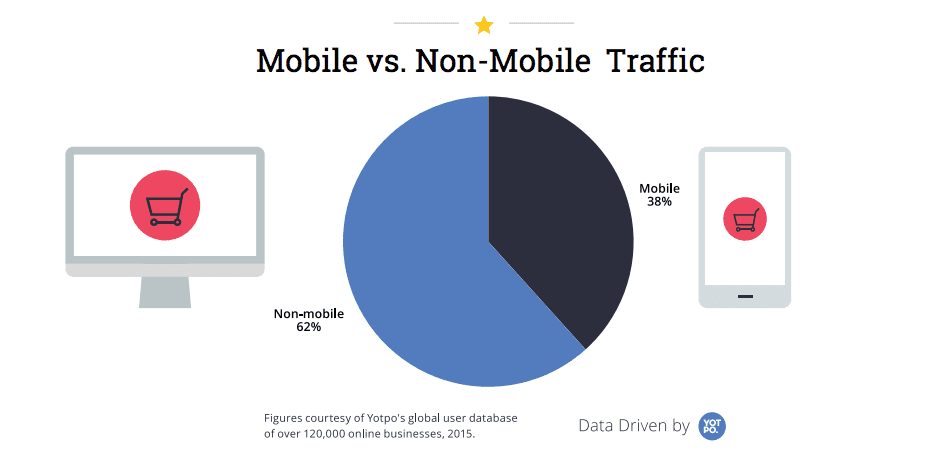
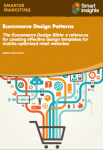
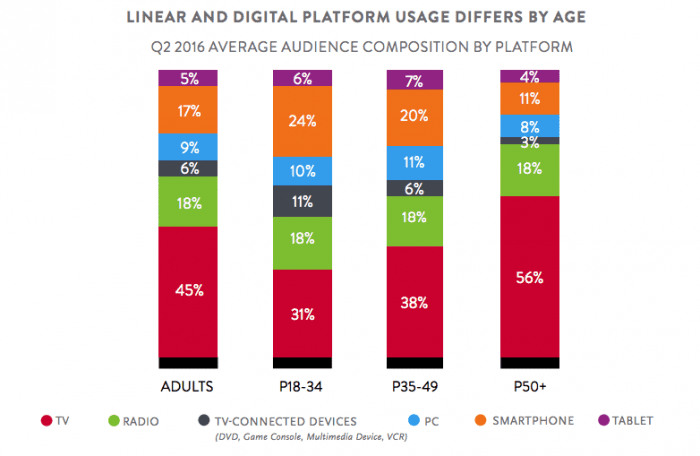
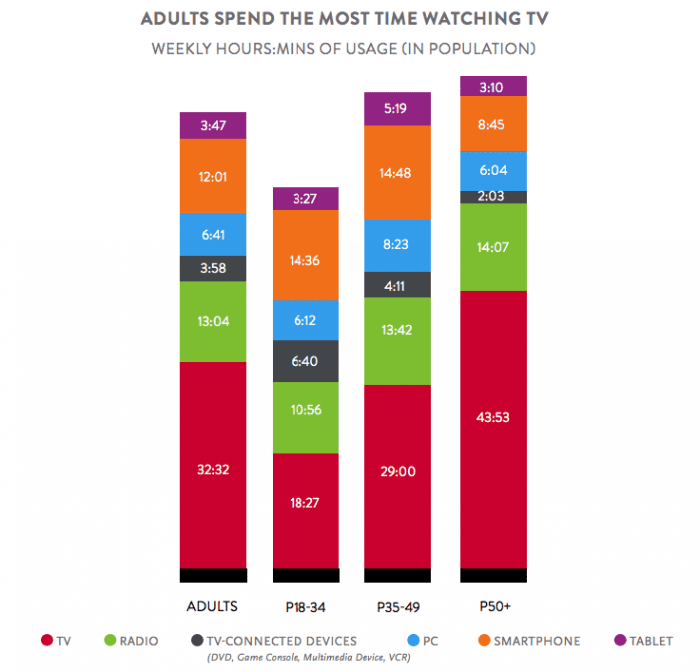
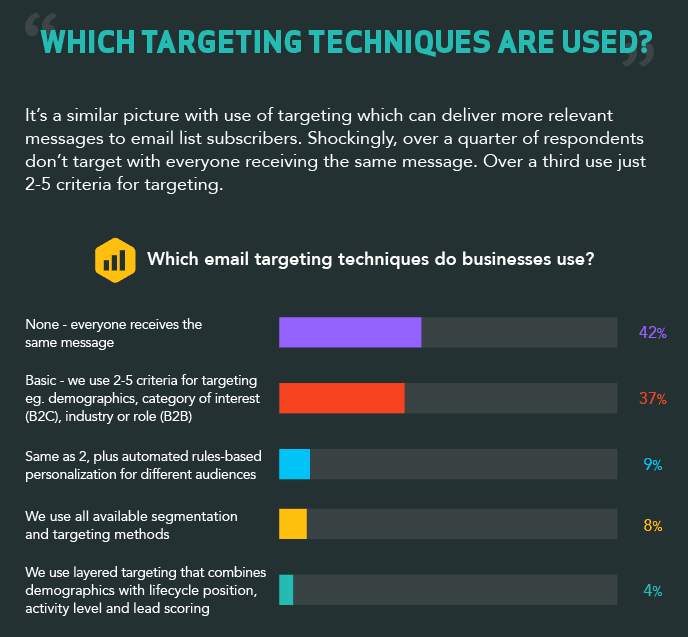


 Thanks to
Thanks to 